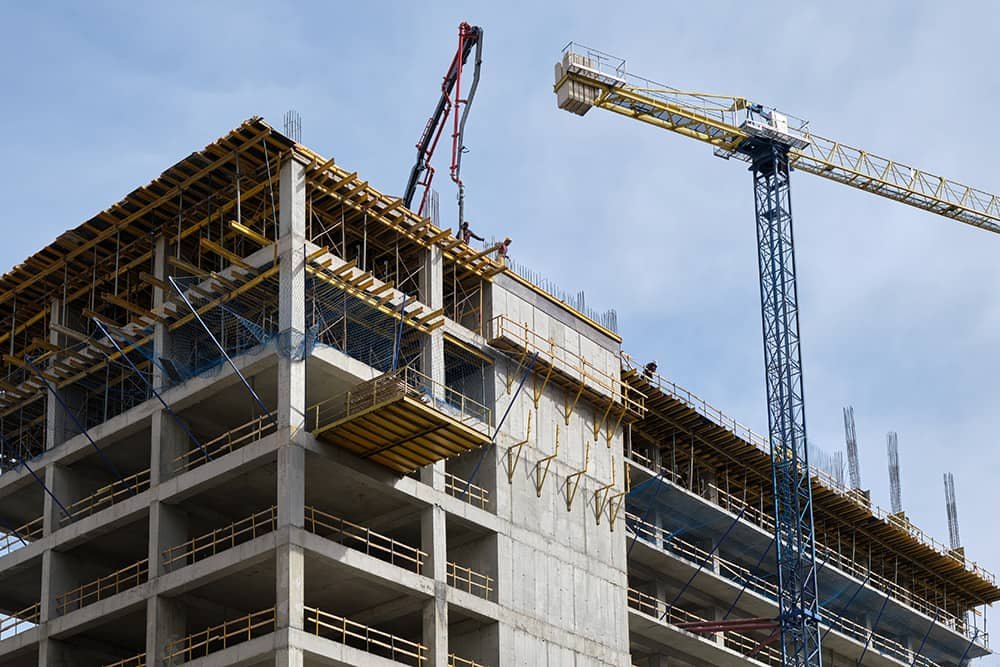When it comes to structural concrete, one of the most important aspects is strength and durability. While concrete itself is known to be extremely durable, its strength is often impacted by its flexibility. To counter this, the use of rebar and reinforcement materials are required in projects big and small. These reinforcements significantly increase tensile strength and allow the concrete structures to withstand much higher loads placed upon them.
In the United States, structural concrete has become one of the most commonly used materials in the construction industry. There are certain standards to follow when it comes to concrete reinforcement, especially when designing and building larger projects. Fortunately, many tools and accessories are available to help respect them effectively.
Accessories such as rebar stands, chairs, slab bolsters, wheels, clips and many others were specifically designed to improve efficiency and simplify rebar installation while also increasing reliability and strength. In this article, we’ll explore the benefits and uses of concrete accessories and rebar chairs.
What Are Rebar Chairs?
Selecting the proper rebar size as well as high-quality concrete accessories is critical in construction projects of all sizes, but even more so when it comes to large-scale structures. Rebar chairs are used to support reinforcement bars used in poured concrete as well as in precast applications. They also ensure the proper positioning and spacing of the rebar from the concrete forms of the structure or product being built.
When choosing rebar chairs and accessories, it’s important to consider multiple factors such as load capacity, durability, corrosion resistance and other requirements that are specific to the project being carried out. These are determined by structural engineers, who will also establish how many rebar chairs are needed as well as their placement positions. This ensures that the building is up to code and the concrete structures will support the required loads.
Types of Rebar Chairs
When it comes to rebar support accessories, there are a variety of options available on the market. Rebar chairs are designed to elevate and stabilize reinforcement steel bars during the concrete pouring process. This guarantees proper rebar placement and optimal support to create the required structural strength needed.
Available in multiple shapes, sizes and materials, the most common types used are metal and plastic rebar chairs. Plastic rebar chairs are often preferred over metal ones due to their ease of installation, durability, affordability, strength, stability, corrosion resistance and suitability for all types of requirements. Each type serves a distinct purpose in construction projects and is chosen based on the unique needs and demands of the job.
Installation of Rebar Chairs
The reliability of any structural concrete project comes from the selection and planning of proper rebar reinforcement installation. The ability of rebar chairs to stabilize the rebar reinforcement will greatly depend on their proper installation and appropriate spacing.
The placement of rebar chairs varies with the type of concrete project, such as slabs, walls, or columns. Factors like project specifications, the size of the rebar chairs, and load requirements also influence their placement. Moreover, the quantity of rebar chairs required is determined by these considerations, emphasizing the significance of correct spacing and selecting the appropriate type for each application.
Although concrete is a fundamental material in modern construction due to its strength and durability, the significance of properly installed reinforcement is paramount. By carefully choosing and installing the appropriate reinforcement and accessories, engineers and builders can create safe and sturdy structures that fulfill the requirements of contemporary architecture and infrastructure.
